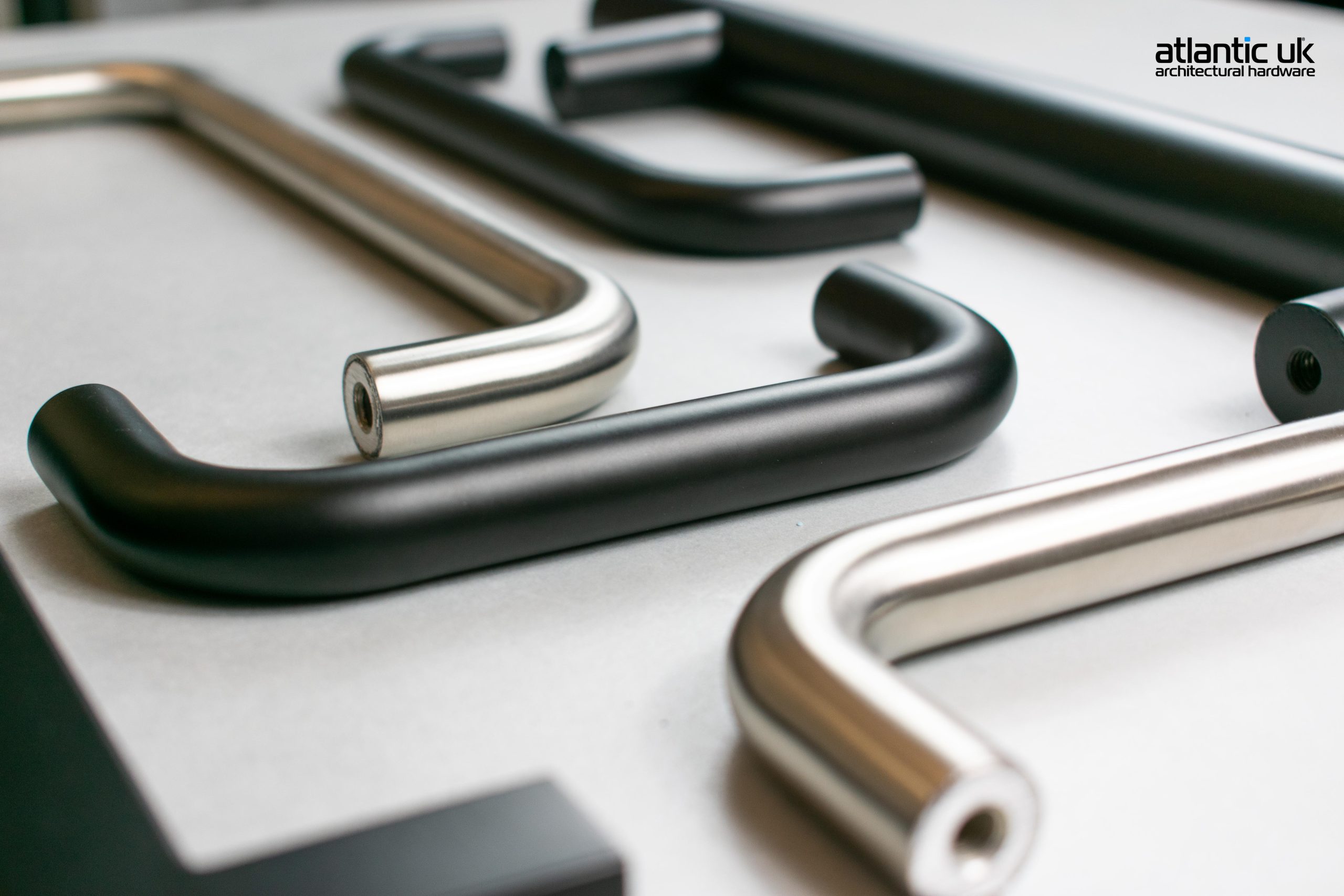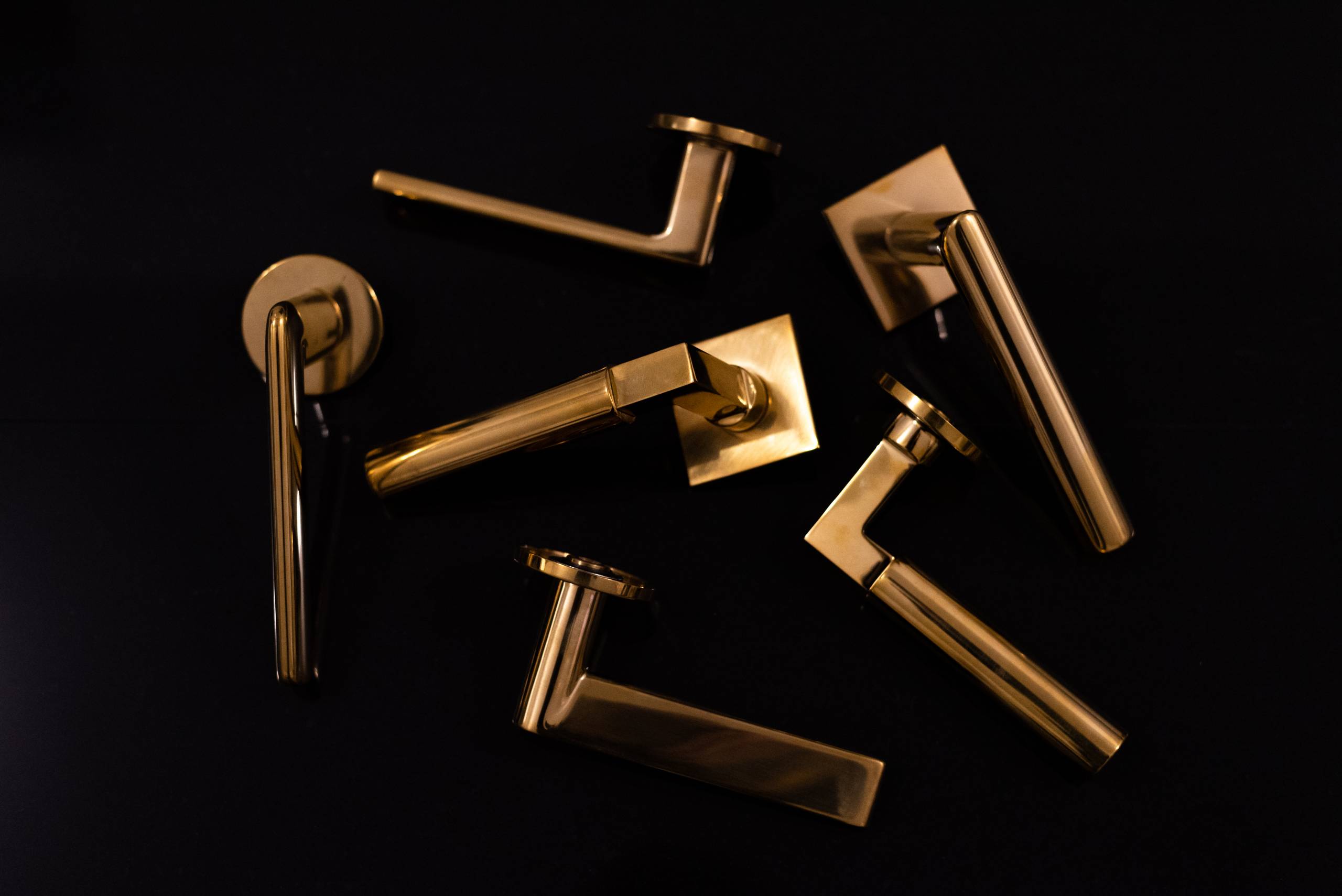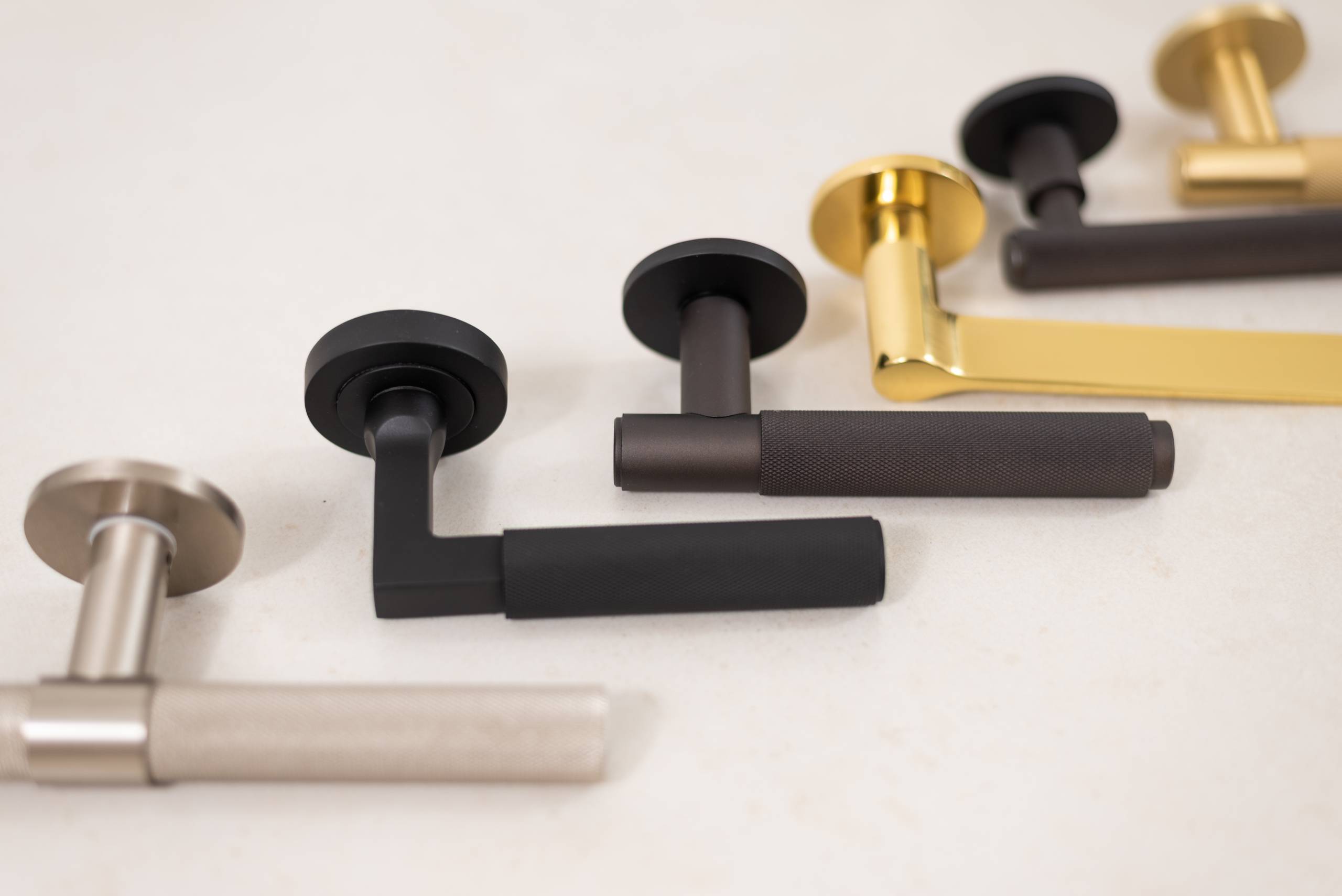A thumbturn refers to a type of door lock mechanism that features a thumb-operated knob or lever on the interior side of a door. It is used as an alternative to a traditional key-operated lock or deadbolt. Thumbturns are typically found on interior doors, such as bedrooms or bathrooms, where privacy and ease of use are desired. They can also be called WC Turns, Snibs or Turn and Releases.
The primary purpose of a thumbturn is to provide a convenient way to lock and unlock a door from the inside without the need for a key. By simply turning the thumbturn, you can engage or disengage the lock, allowing you to control access to the room. This feature is particularly useful in situations where privacy is important, such as in residential bathrooms or hotel rooms.
Thumbturns are often paired with a separate key-operated lock or deadbolt on the exterior side of the door to provide security when the room is unoccupied in applications like hotels. This combination allows you to lock the door from the outside using a key while still providing easy access from the inside with the thumbturn.
It’s important to note that thumbturns are not typically used as the sole locking mechanism for exterior doors or doors requiring high-security levels. In those cases, more robust lock systems are employed, which often include key-operated locks, deadbolts, or electronic access control systems.
In summary, thumbturns are used on interior doors to provide a convenient means of locking and unlocking the door from the inside, offering privacy and ease of use. They are commonly found in residential homes, hotels, and other settings where privacy is important but high-security measures are not necessary.
View the Atlantic range of thumbturns here: https://atlantichandles.com/?s=wc+turn






